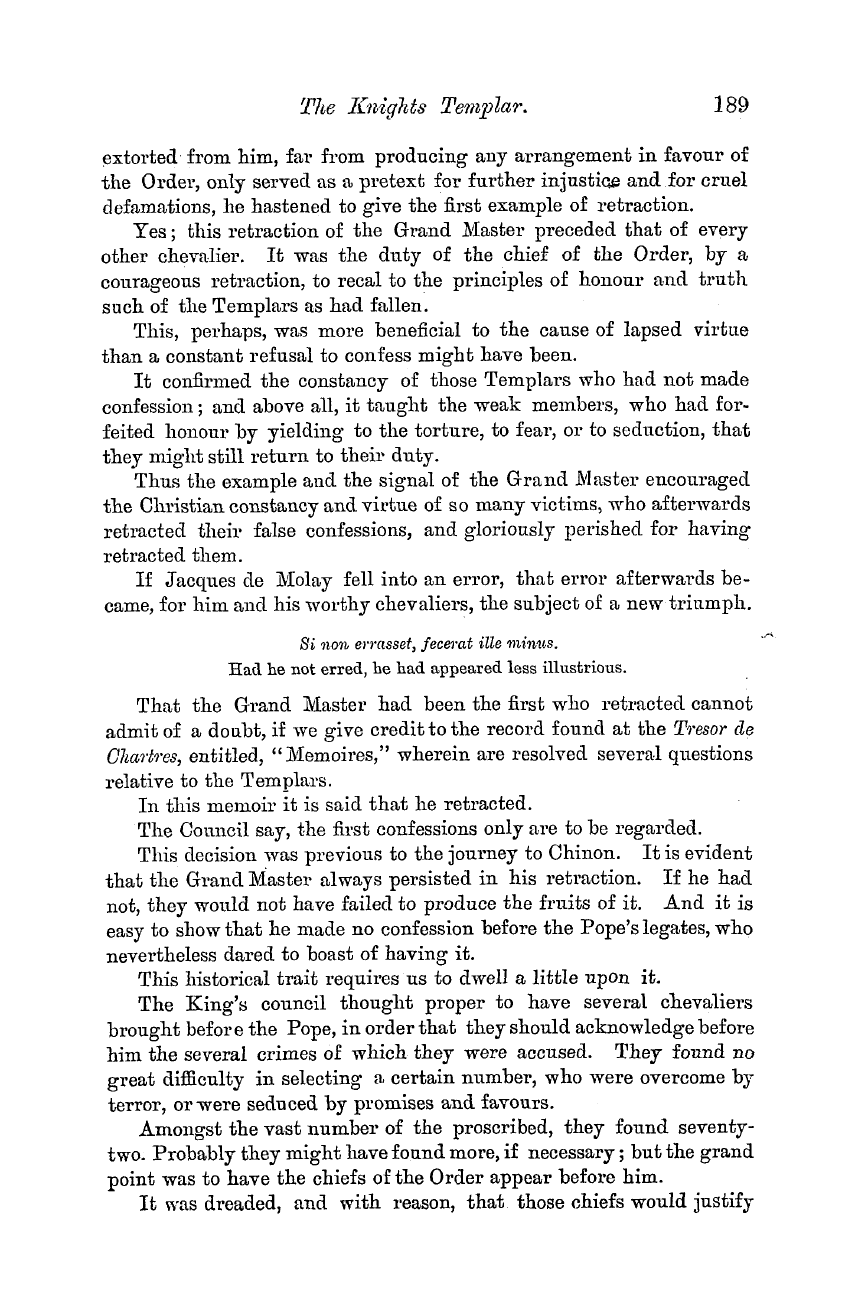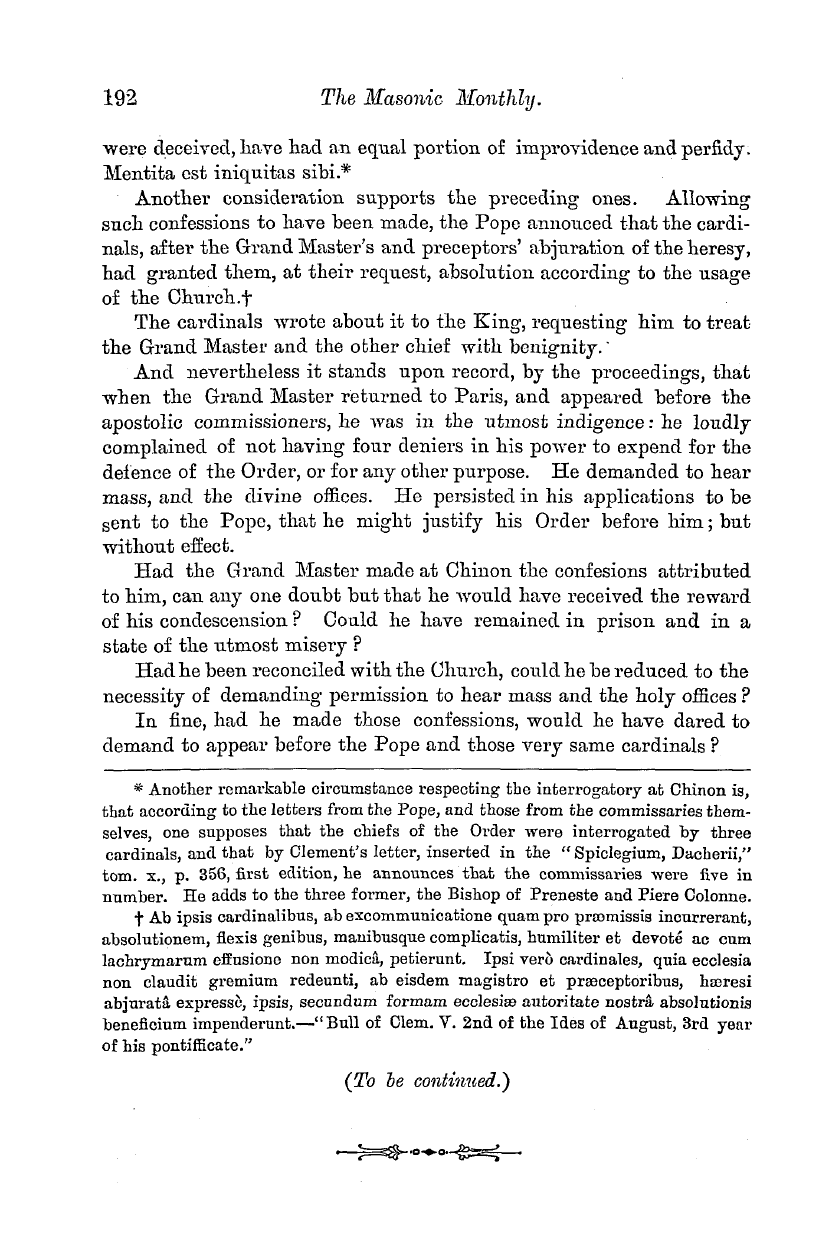-
Articles/Ads
Article FAR EASTERN ANCIENT RITES AND MYSTERIES. Page 1 of 3 →
Note: This text has been automatically extracted via Optical Character Recognition (OCR) software.
Far Eastern Ancient Rites And Mysteries.
FAR EASTERN ANCIENT RITES AND MYSTERIES .
BY BRO . , 0 . PFOUNDES . No . II . ONE of the most interesting and curious rites of the Far East is
the custom practised in Japan knoAvn to us as the Happy Despatch ( sic ) , and in the vernacular Sara kiri , but amongst native gentlemen it is called by fche more classical name of Setzu puklm . That this is a system indigenous to Japan cannot bo credited ; and there are several interesting , yet conflicting , legends
related concerning the early practice of this strange method of selfimmolation and expiation . The fourth and fifth sons of the sixteenth Emperor of Japan ( about A . D . 313 ) quarrelled about the succession to the throne , each desirous to give way to the other , and finally , after some three years '
discussion , the younger put an end to the dispute by the " Happy Despatch , " and thus made way for his elder brother to succeed to the honourable , and then most onerous , eminence . There are some earlier legends , and many later ; but it was in the eleventh and twelfth centuries of our era that the custom became
officially recognised , under the feudal system which then arose in Japan . About A . D . 1170 , Tametomo , the uncle of Yoritimo ( and also of Yoritomo ' s brother , Yoshitzune , who , it is said is none other than Genghis Khan *) was defeated by a rival clan , and he performed
the operation on himself in such a determined and deliberate manner as to be handed down in Japanese history as a pattern cf courage and a model warrior .
Ten years later , Yorimasa failed in an effort to dej ) ose the prime minister , Kiyomori , and he committed suicide in the most approved method of Setzu puklm , in a temple called Bio-to , in the province of Uji . The rebel Asahara Tameyori being defeated , about the year of grace 1289 , was made prisoner and permitted to commit the Setzu puklm in the official palace . But doubtless it Avas to save himself
Note: This text has been automatically extracted via Optical Character Recognition (OCR) software.
Far Eastern Ancient Rites And Mysteries.
FAR EASTERN ANCIENT RITES AND MYSTERIES .
BY BRO . , 0 . PFOUNDES . No . II . ONE of the most interesting and curious rites of the Far East is
the custom practised in Japan knoAvn to us as the Happy Despatch ( sic ) , and in the vernacular Sara kiri , but amongst native gentlemen it is called by fche more classical name of Setzu puklm . That this is a system indigenous to Japan cannot bo credited ; and there are several interesting , yet conflicting , legends
related concerning the early practice of this strange method of selfimmolation and expiation . The fourth and fifth sons of the sixteenth Emperor of Japan ( about A . D . 313 ) quarrelled about the succession to the throne , each desirous to give way to the other , and finally , after some three years '
discussion , the younger put an end to the dispute by the " Happy Despatch , " and thus made way for his elder brother to succeed to the honourable , and then most onerous , eminence . There are some earlier legends , and many later ; but it was in the eleventh and twelfth centuries of our era that the custom became
officially recognised , under the feudal system which then arose in Japan . About A . D . 1170 , Tametomo , the uncle of Yoritimo ( and also of Yoritomo ' s brother , Yoshitzune , who , it is said is none other than Genghis Khan *) was defeated by a rival clan , and he performed
the operation on himself in such a determined and deliberate manner as to be handed down in Japanese history as a pattern cf courage and a model warrior .
Ten years later , Yorimasa failed in an effort to dej ) ose the prime minister , Kiyomori , and he committed suicide in the most approved method of Setzu puklm , in a temple called Bio-to , in the province of Uji . The rebel Asahara Tameyori being defeated , about the year of grace 1289 , was made prisoner and permitted to commit the Setzu puklm in the official palace . But doubtless it Avas to save himself































































